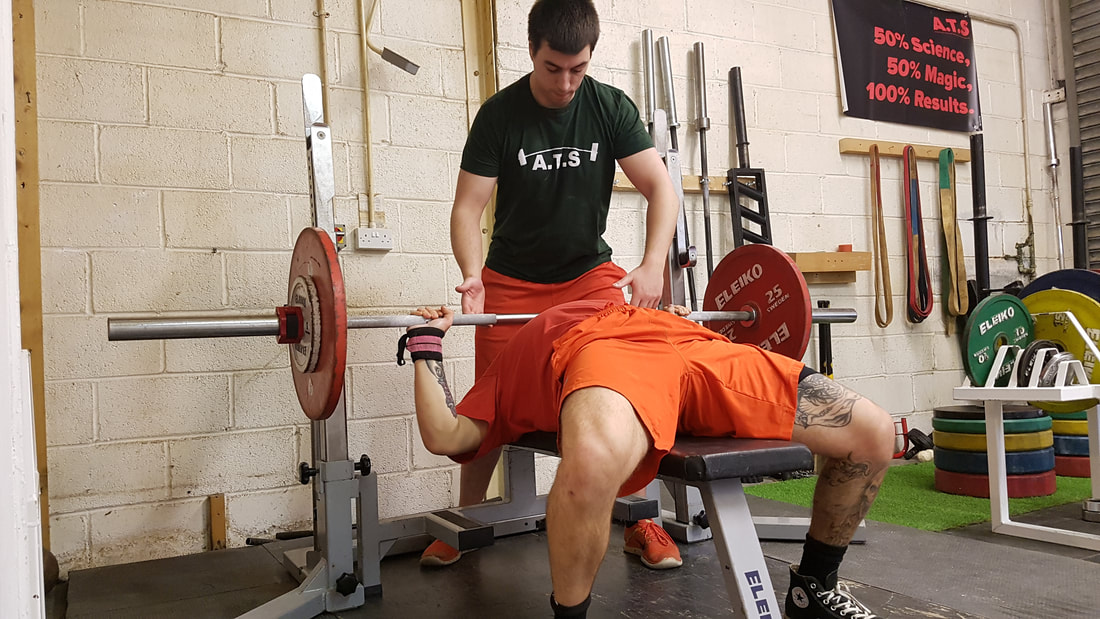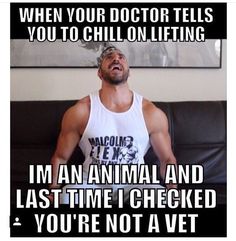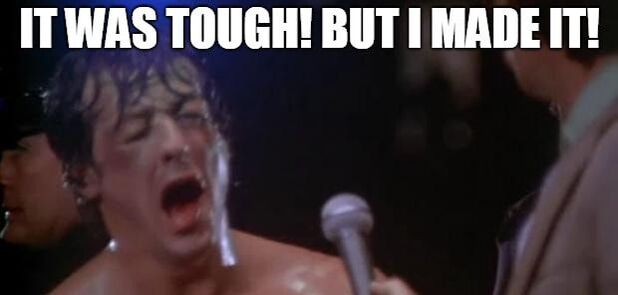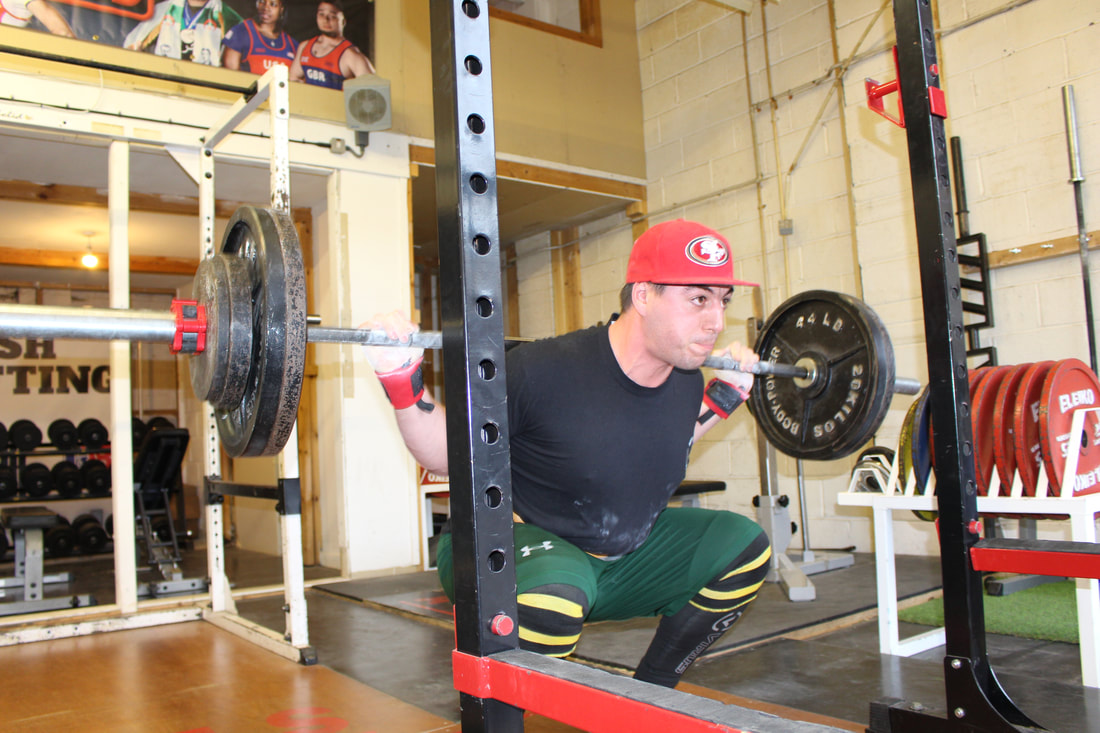Our thoughts on how to return to regular training sensibly. Now that lockdown measures are easing and there’s more of a chance people can access their normal gym equipment, I’m going to give you some ideas for how best to get back to regular training safely and efficiently. We’re going to cover frequency, volume, intensity, and some broader training ideas. Hopefully these can help you plan your future training, or your client’s if you’re a coach. The biggest theme running through these ideas is that less is more. Almost everyone has had to adapt their training from what they’d normally be doing in some form, and rushing back into training as you were prior to lockdown without reasonable preparation will lead to issues, with injury being the main one we’re looking to avoid. Disclaimer we are neither doctors or vets but we can chase the pump dragon all day. Image courtesy of brosciencelife. How often should you train?The first factor we’ll address is training frequency. How often should you train once you have access to your regular kit? If prior to lockdown you were on a 4/5/6 day training split, then you’ll need to dial it back a step or two. The key reason for this is to ensure that we keep fatigue at a manageable level, so by limiting the number of sessions, our overall weekly fatigue is reduced. This can then be combined with focussing on only one lift or main exercise per session - this will further reduce the fatigue per session, while also giving yourself a lot more technical practice to get the rust off.
I would also initially forego any additional exercises outside the main lifts, or main sprint and jump variants you use most. Not because adding stuff would be detrimental, but because it gives you more time to practice and rework your technique on your big staples, which is arguably more crucial to training than curls. Blasphemy I know. Photo courtesy of Stu Galloway How much training to do?Another factor that I haven’t seen around the interwebz is that under current conditions, a lot of people’s recovery could be significantly higher than normal. Think about how much you’re eating/sleeping currently, along with possibly not having to deal with commuting, in person work stress, and frantically trying to manage your buzzing social calendar. Your body doesn’t know the difference between sets of 10 squats and a work deadline, it’s all just stress. Conversely, it could be far higher. Some people are really struggling to scrape together work from home, or have been laid off entirely and are floating in financial limbo. This is another angle to consider when returning to training/coaching - , are you more or less recovered than you regularly would be? Whatever your situation, take that into account when planning your training, or make it clear to your coach that you’re more stressed than usual. When considering volume as the main factor in training fatigue (if you’d like a more in depth look at training planning check out this article!) It probably won’t shock you but I’m going to recommend taking very low volume, and keeping it low for a week or two. We’re talking like 2-5 working sets per week, which less than half of what I’d typically recommend most people start at. How hard should i push myself?As for intensity, keep that low as well. Typically I’d say for the first week or two, aim for nothing over an RPE 5 or 6. I realise this contradicts the golden rule of only two RPEs, ‘Smoke Show, and ‘Lost the Line’. However, desperate times call for desperate measures. The reasoning behind this is that for those of us who have not been able to get close to our regular training weights, our bodies have not been exposed to the same loads as they normally would - this isn’t just an issue for your muscles, but also for your connective tissues and nervous system. Jumping back into weights you used prior to lockdown could win you a first class ticket to Snapsville, even further derailing your training. After those two considerations let’s look at those two training split examples again.
That’s a pretty significant difference, and going forward you would increase frequency, volume, and intensity until you were getting into regular training amounts. I would recommend only increasing one a week, mainly so you can see how you respond to each variable by itself. in summaryTo summarise, getting back to regular training will take some time, but probably not as much as you’re worried it will, especially if you take it easy and build up slowly. If you want to take your training behind the barn and Old Yeller it, here are some key phrases you’ll probably hear. ‘I just wanna see where I’m at’ ‘Well my last week of training before training was.. Let’s just do that again I guess?’ ‘I’m so stoked I can lift again! Let’s max out!’ ‘ I wonder where my vert jump’s at?’ ‘ I should be so fresh after all this rest!’ It’s pretty clear that you’ll have to temper the excitement to get back to training with being prudent about how much and how hard you train straight off the bat. Doing so will make your return to training much smoother and far less risky, setting you up perfectly for when competitive amateur sport events are allowed to return. Get back into training with a lower frequency split, lower overall volume, and reduced intensity. Focus on the technique of your bread and butter lifts over trying to hit a wide spread of exercises. Consider your total life stress under the current circumstances, as well as how you’ve been training throughout lockdown. With all of these things under scrutiny, you should be more than capable of returning to normal lifting amounts within 2-3 months, which isn’t that much of a sacrifice to avoid significant setbacks like injuries. There aren’t any competitions or games to train for anyway, you’ve got plenty of time. Hopefully you’ve found something useful amongst these ideas, and if you want to discuss any of these ideas further please hit me up on social media, or in the comments.
If you have any questions or want to discuss this further please do get in contact via our social media platforms, e-mail, or via our give us a call. You can find our contact info here.
0 Comments
Leave a Reply. |
Archives
March 2024
Categories
All
|
Proudly powered by Weebly







 RSS Feed
RSS Feed